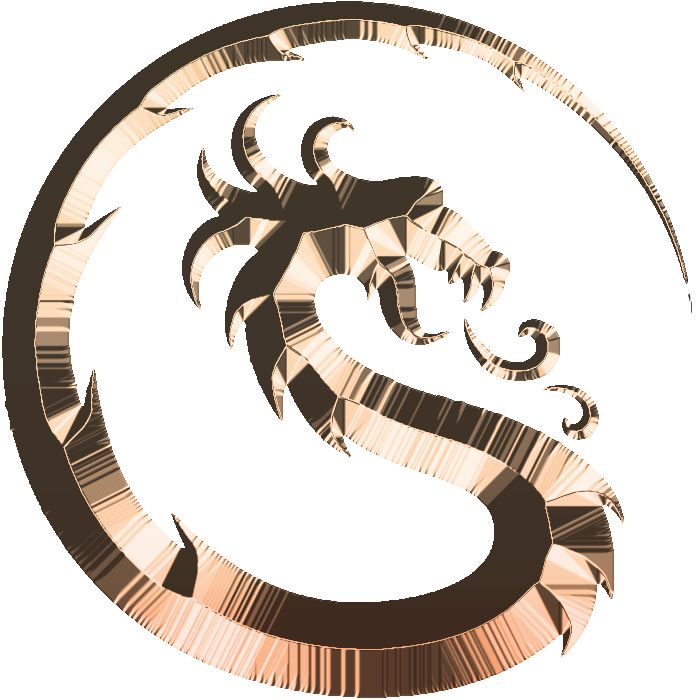After finishing Arthur by Giles Kristian, I dove straight into Lancelot, his first book based on Arthurian legends. Written in the first person from Lancelot’s point of view, it offers the most unique portrayal of the famous warrior I’ve come across, along with a fresh take on his love story with Guinevere.
Nearly half the novel follows Lancelot’s life as a boy and teenager. Born the son of King Ban in Armorica (Brittany), his story begins with his family under siege by a rival king. Amid the chaos, the family falconer convinces eight-year-old Lancelot to save a young sparhawk, which becomes his companion for the first third of the tale. Though he, his mother, father, and brother escape, they soon fall victim to some real Game of Thrones-style treachery, leaving Prince Lancelot alone and hunted.
He is rescued by Nimue, the Lady of the Lake, and her chief warrior, Pelleas, who becomes his mentor. They take him across the Dividing Sea (the English Channel) to the small coastal island of Karrek Loos yn Koos, this story’s Avalon. There, Nimue trains a troupe of young girls in the mystical arts, and it is on this island that ten-year-old Lancelot first meets Guinevere.
When Guinevere’s father, Lord Leodegan, sends her by ship to the island, a storm drives her vessel into the rocks, and Lancelot saves her from drowning. Merlin, a frequent visitor to the island, takes a keen interest in Lancelot and warns him that by rescuing Guinevere, he has stolen her from Manannán mac Lir, the god of the sea, and Arawn, the god of the underworld. It’s always a bad idea to anger the gods, and Merlin cautions that they are conspiring against him. It’s no wonder that the story of Lancelot and Guinevere is a tragedy—just as it has always been.
The bond between Lancelot and Guinevere develops naturally during their time on the island and becomes the heart of the story. While Lancelot trains under Pelleas to become one of the isle’s guardian warriors, Guinevere learns from Nimue in what can only be described as a form of magic. They are destined to be together, but fate has other plans. Their separation begins when Guinevere’s father removes her from the island for an arranged marriage. Soon after, Merlin takes Lancelot to the mainland, where he visits High King Uther Pendragon and ultimately swears fealty to Uther’s son, Arthur.
Arthur and Lancelot quickly form a close friendship, and their scenes together are among the best in the book. The battle sequences are intense and exhilarating, showcasing Lancelot’s superior skill as a warrior. But the good times are not meant to last. When Guinevere returns to the story, events unfold with an unexpected twist on the more well-known versions of their love affair. I wasn’t disappointed in the ending—though, as with all tragedies, things don’t turn out as the audience might wish.
One of the most fascinating parts of the book for me was the author’s note at the end, where Kristian explains that Lancelot (and the trilogy it later became) was inspired by Bernard Cornwell’s Warlord Chronicles. Those three books remain, in my opinion, the best take on the Arthurian legend. Yet what I admire most is how Kristian has imagined Lancelot and Guinevere so differently from Cornwell’s version. In my view, it’s an even better portrayal—not to diminish Cornwell’s masterpiece, but to highlight just how compelling Kristian’s books are.
If you have any interest in Arthurian stories, Lancelot and Arthur by Giles Kristian are must-reads. You won’t be disappointed.

